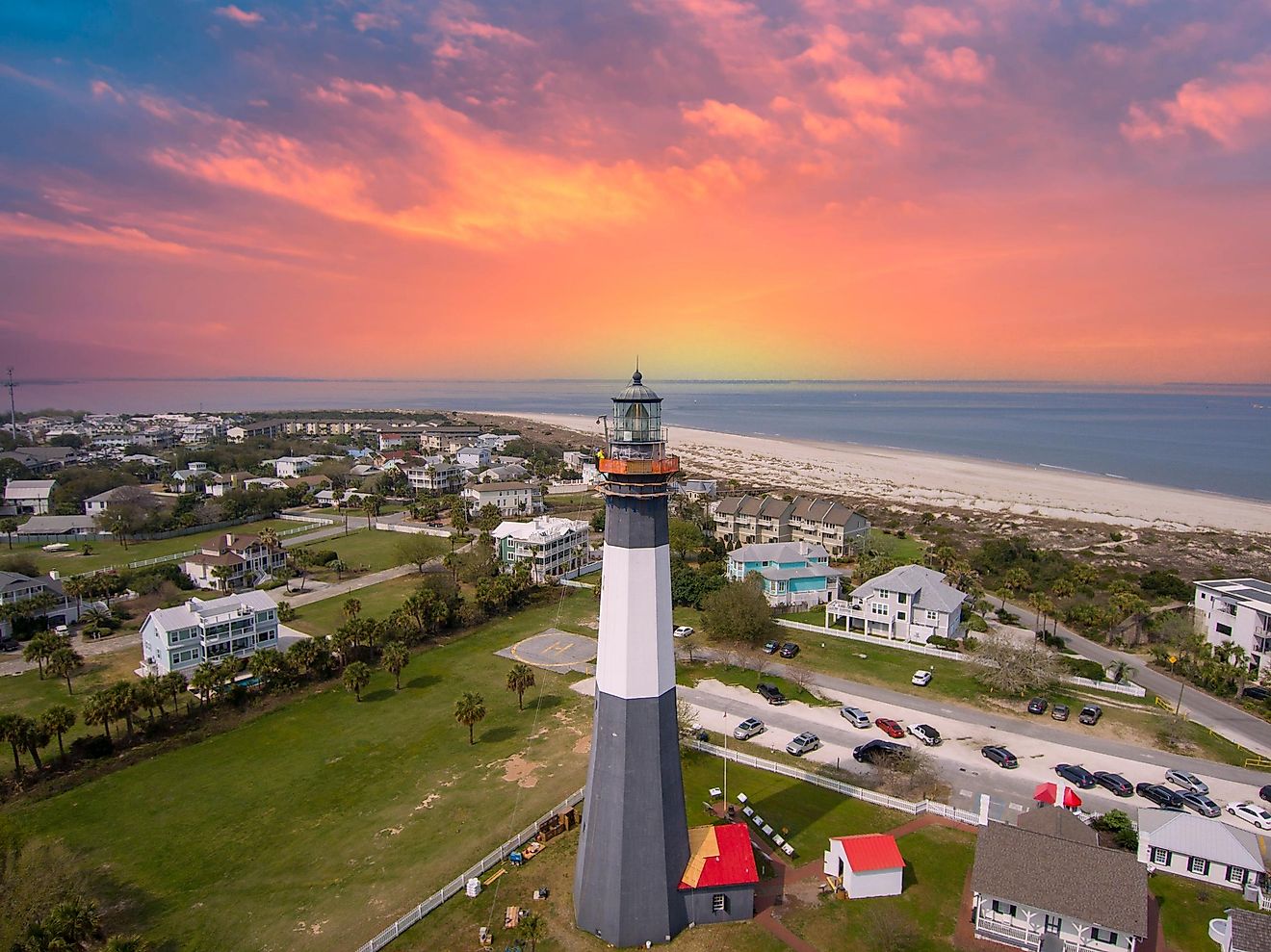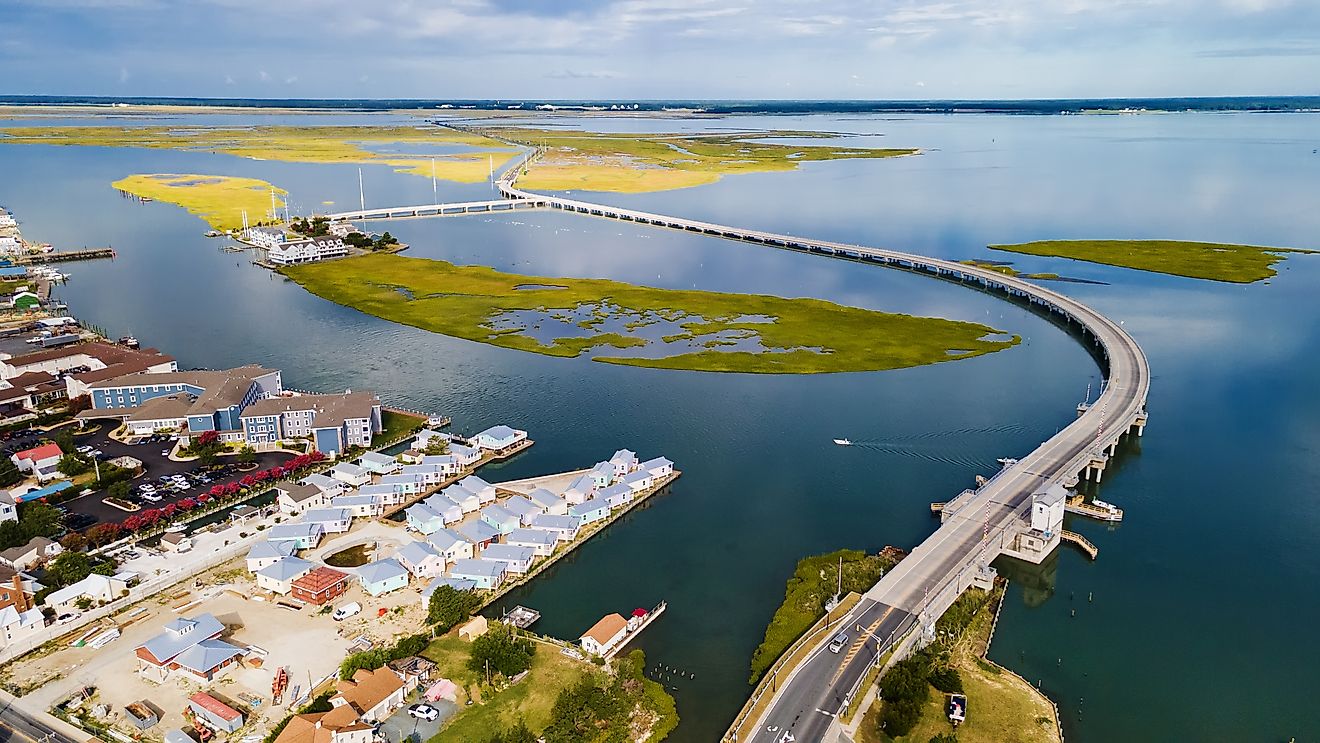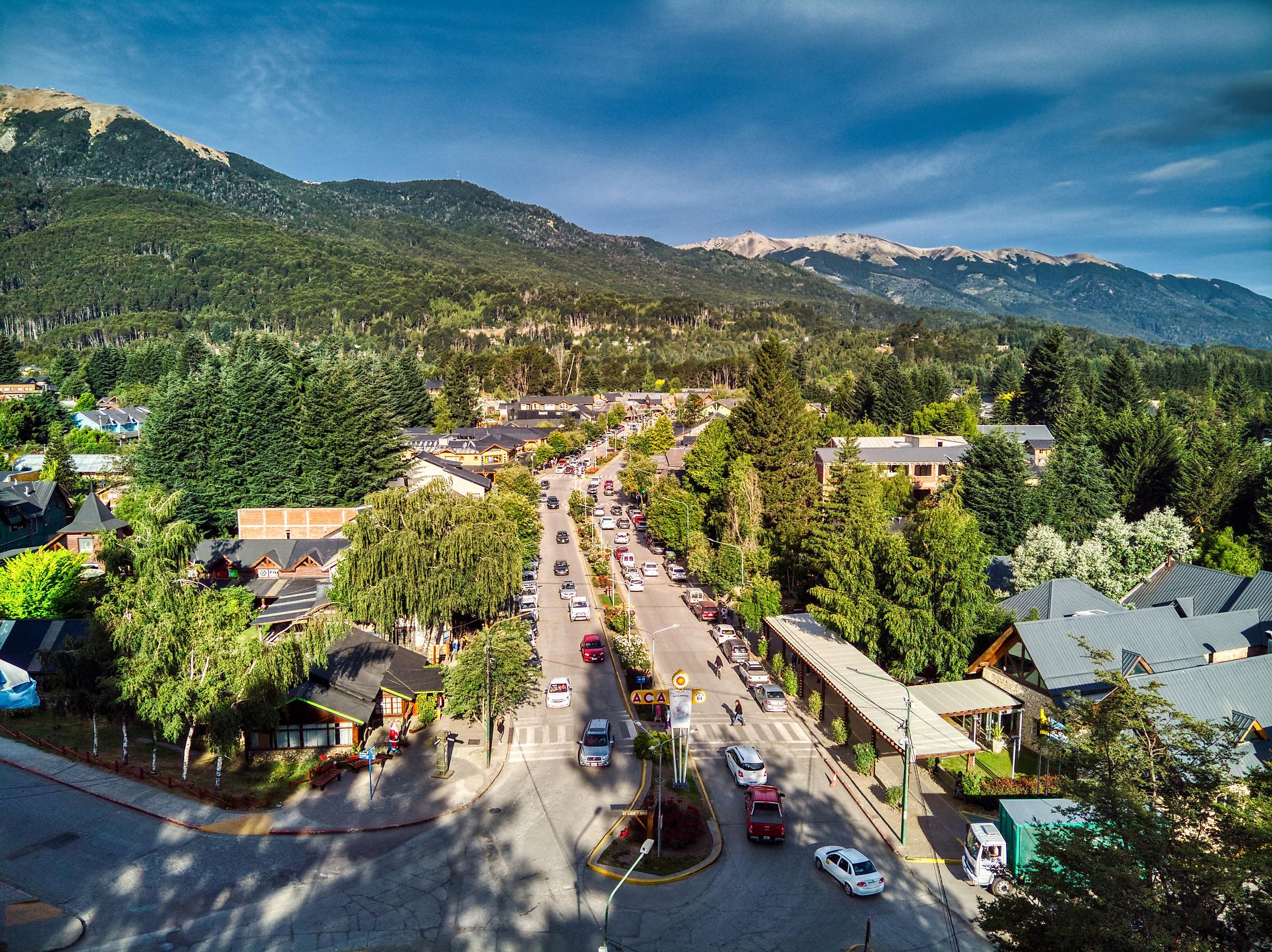
7 Most Welcoming Small Towns In Argentina
Snow-haired mountain ranges, foreboding glacial walls, fire-hued mesas and plains, lavish forests, and all the football enthusiasm of South America—all congregated in the nation of Argentina. It is a country whose natural wonders like Iguazu Falls and historical influences compelled 20th-century writer Jorge Luis Borges to say, "South America's independence was, to a great extent, an Argentine enterprise." Although most travelers might be invested in sightseeing in major cities like Buenos Aires, Mendoza, and Cordoba, the most welcoming small towns of Argentina are convenient and mesmerizing getaways from the populated urbanity. No need to feel alienated or frightened because these friendly small towns welcome travelers from near and far.
Villa la Angostura
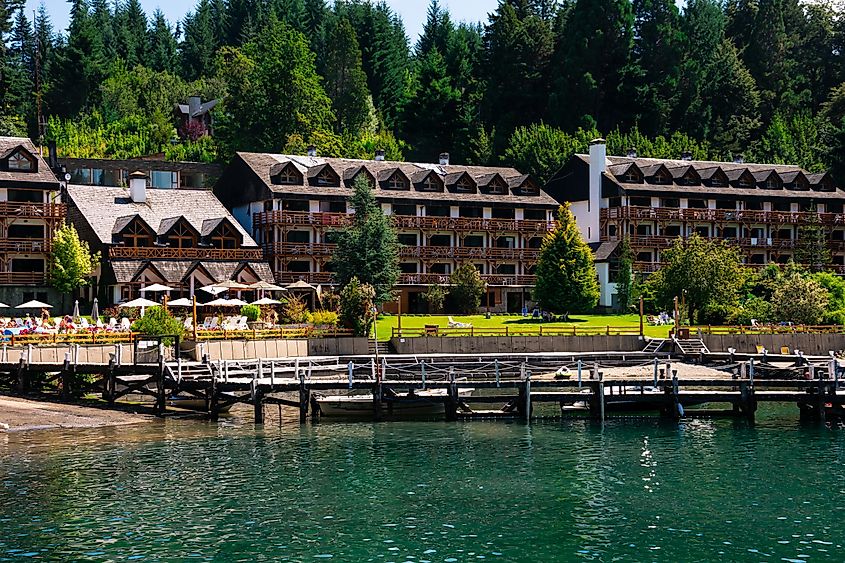
Lounging in the fierce ecosystems of Patagonia, Villa la Angostura is a paradise cradled by the Nahuel Huapi Lake. With its convenient location at the heart of the "Seven Lakes Route", Villa la Angostura gives visitors access to several magnificent lakes unique only to Argentina. The village also serves as a gateway to the Arrayanes National Park, where centuries-old arrayán trees dominate the Argentinean landscape. In the surrounding Nahuel Huapi National Park, thrill-seekers can brave the treacherous climbs of the Andean mountains to venture into hidden forests and lakes. Do fly fishing in the Correntoso River or wade merrily on the Correntoso Beach. On the snowy mountains looming over Villa la Angostura, you can undertake exciting skiing adventures at the Cerro Bayo Resort. Because it is a pristine resort town, Villa la Angostura offers a cornucopia of fine lodgings to savor the days, such as the Marinas Alto Manzano, Hosteria El Establo, and the Don Carlos.
El Calafate
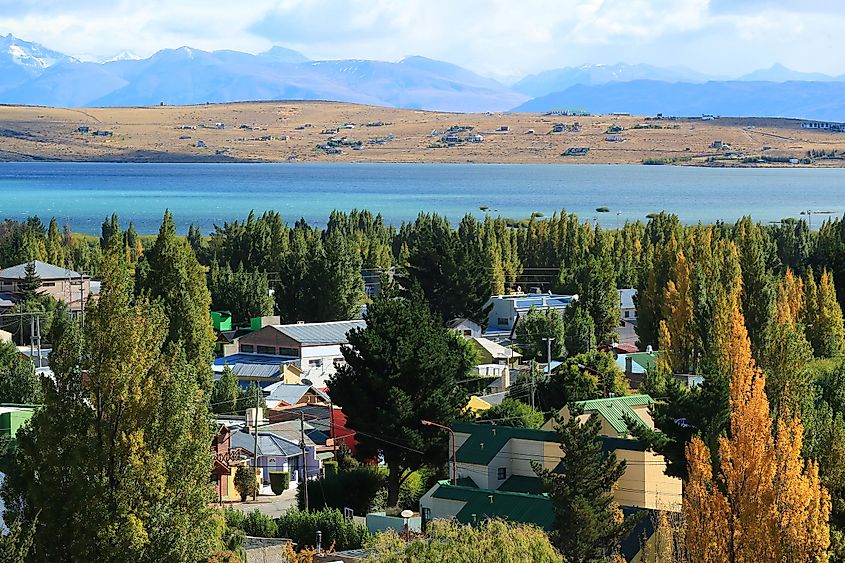
El Calafate (roughly translating to "the caulk") is a rare natural wonder on the edge of the Southern Patagonian Ice Fields. Sitting on the shores of Lago or Lake Argentina, El Calafate gives visitors access to the unique Los Glaciares National Park. Visitors flock to the frigid bulwarks of the Perito Moreno glacier and the nearby Upsala glacier. For a primer on the many other landlocked glaciers in the region, you can learn all about them at the Glaciarium Museo del Hielo Patagónico. Explorers challenge themselves by hiking the world-class Fitz Roy massif around El Chaltén. The region's many estancias or cattle ranches provide visitors with excellent horseback riding experiences. National parks like the Torres del Paine allow you to see more of Argentina's wild side. As for accommodations, the Hotel Edenia Punta Soberana, Rochester Hotel Calafate, and Patagonia Queen Hotel Boutique are a few splendid places to relax.
Gaiman
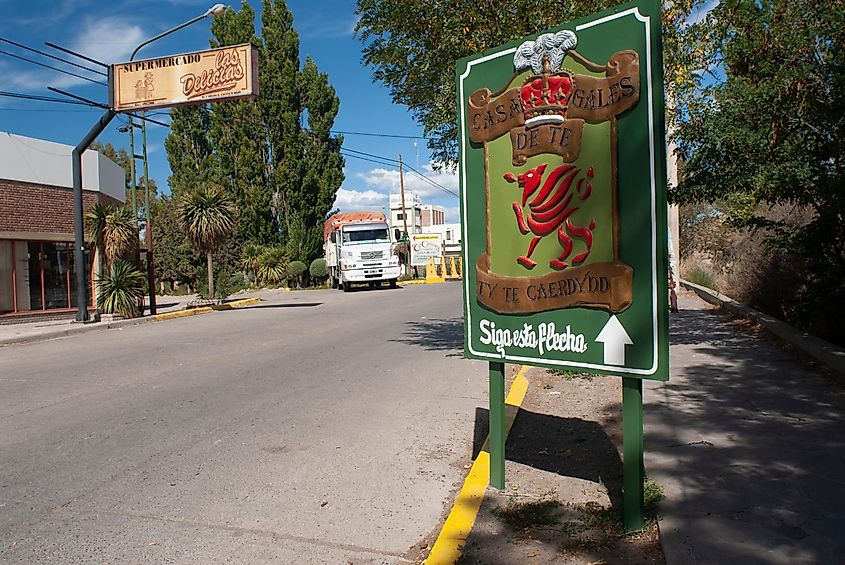
A popular conception of Argentina is that it is primarily a Latino-dominant community. However, in the Chubut Valley lies a predominantly Welsh town called Gaiman. Established on the Chubut River by Welsh settlers in 1865, the town of Gaiman is a quaint European oasis in a landscape of South American ethnicities. Distinct European architecture like the Bethel Chapel testify to the strong Welsh identity of the area. The Regional Historical Museum, housed in the old railway station, explores the hardships and livelihoods of the early Welsh settlers who colonized the Chubut Valley that the Tehuelches once roamed from the Andes to the coast. If you want to see this charming town for yourself, then book a room at the Plas y Coed.
Villa Carlos Paz
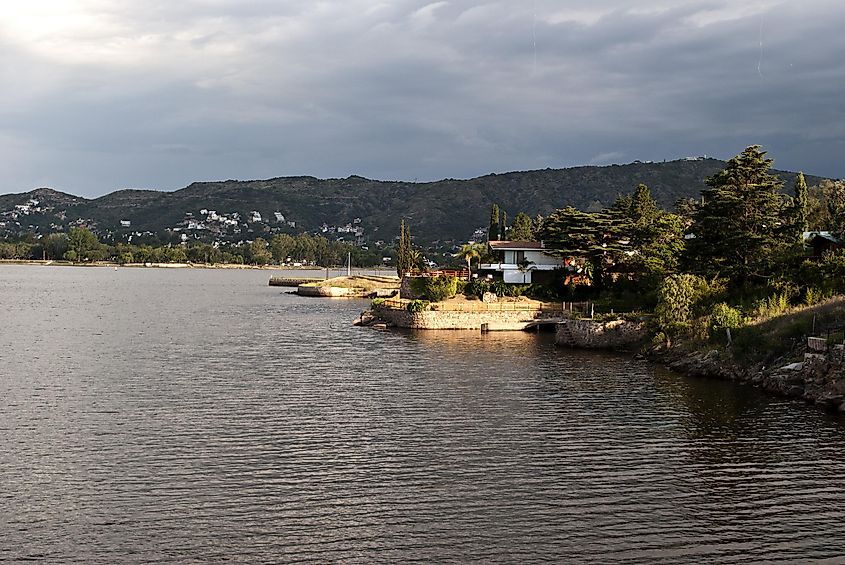
About 50 minutes west of Cordoba is the vibrant resort town of Villa Carlos Paz. Known by locals and experienced travelers as the gateway to the sublime Punilla Valley, Villa Carlos Paz is a neat getaway from the densely populated, concrete jungle of Cordoba. In Villa Carlos Paz, you can trek through the awesome Cordoba Mountain ranges or take a dip at the adjacent San Roque Lake. As a majestic resort town, there are plenty of nautical activities in the lake or along the banks of the San Antonio River and Chorrillos Stream. The Reloj Cucú, a huge wooden cuckoo clock, chimes in the town center. The peak of Cerro de la Cruz provides wholesome views of the territory. Most of all, visitors can access the Quebrada del Condorito National Park, rocky grasslands where huge Andean condors fly. Remember to book rooms at the Cabañas Vista del Lago VCP, the Hotel Estilo MB, or Moradillo Apart.
La Falda
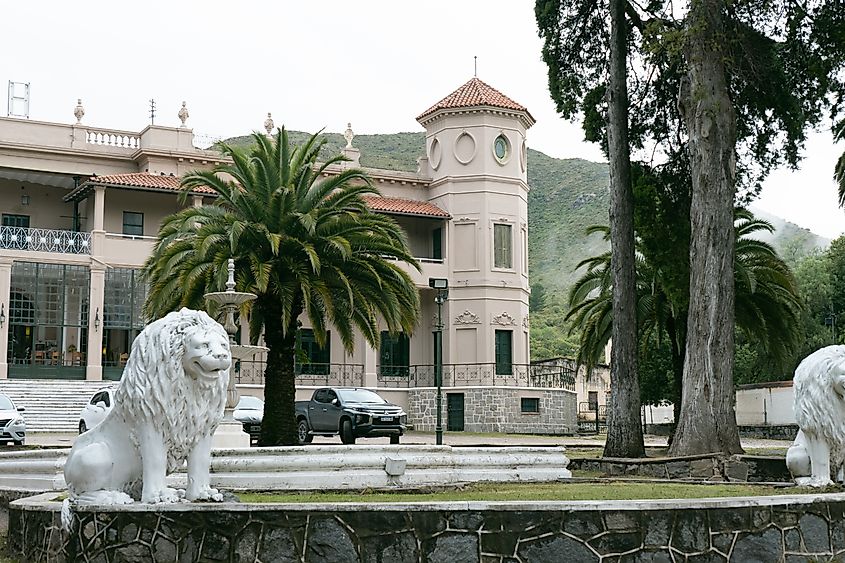
Similar to Villa Carlos Paz, which is about 49 miles away, the quaint town of La Falda ("lap of the mountain") is centrally located in the Sierras de Córdoba Mountain ranges. The town is specifically situated between the Valle Hermoso and the Sierras Chicas, both places of awe-inspiring beauty and magnitude. In addition, La Falda also acts as a gateway to the Punilla Valley, specifically to the Cerro La Banderita. La Falda's primary tourist attraction is the once-prestigious—now decrepit—Edén Hotel, a popular retreat for international celebrities in the early 1900s, but it is now a museum documenting the area's historical value. Visitors might be interested in seeing Las Siete Cascadas, a series of man-made waterfalls adjacent to the La Falda reservoir. Seek out accommodations at the Hotel San Diego, the Hotel del Lago, and the Hotel De Los Cerveceros.
Chacras de Coria
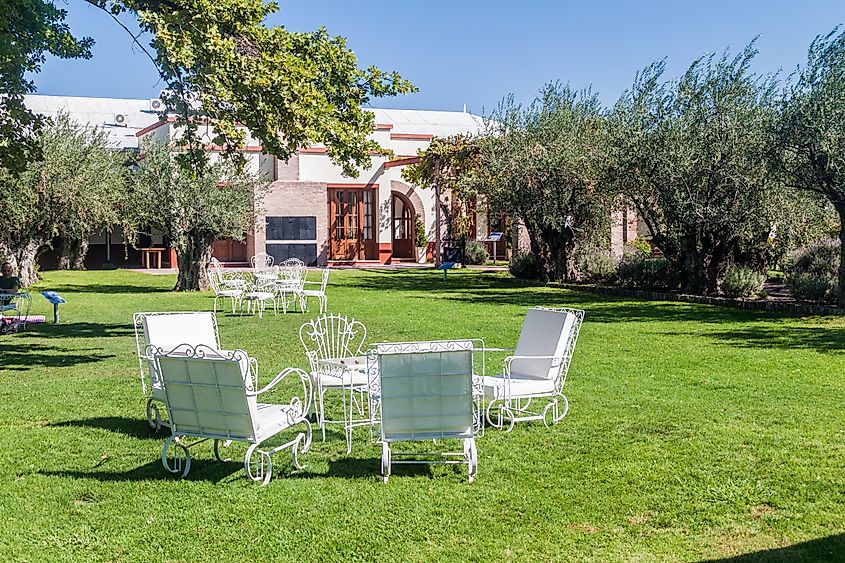
Want to sample exquisite Argentinean nectar from the world's fifth-biggest wine producer? Then, head to Chacras de Coria, a small town on the edge of Mendoza in the Luján de Cuyo province. Renowned nationwide for its sublime wineries and restaurants near the Andes Mountains, Chacras de Coria is home to the nearby Ruta del Vino vineyards. Many of these vineyards are owned by "Fincas," "Paradors," or wealthy and private neighborhoods that have provided economic gains to both the town and the city of Mendoza. At the Plaza General Espejo—the main square—visitors can marvel at the neocolonial Nuestra Señora de Perpetuo Socorro church, a remnant of the town's heritage. Because the town caters to tourists wanting to relax and lounge with a fine drink in hand, lodgings like La Casa del Tilo, La Bignonia, and Chenin Lodge are a few of the many accommodations where one can sample luxurious wines.
Purmamarca
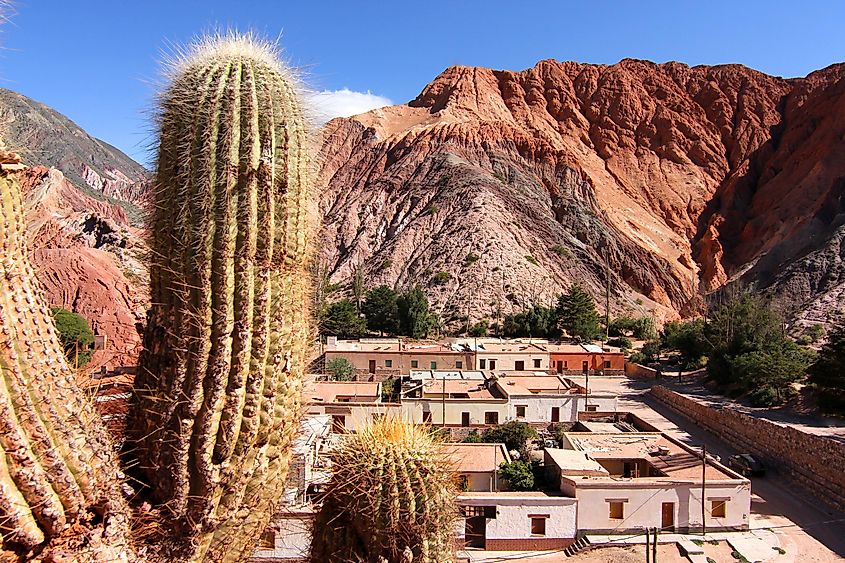
Located in a dynamic valley called the Quebrada del Purmamarca, the village of Purmamarca is a photographer's paradise. Adobe architecture, such as the whitewashed Iglesia de Santa Rosaline, is lined perfectly with the backdrop of the stark, multi-hued, and mesa-layered mountain called the Seven Colors Hill. Because of Purmamarca's connection with the Salinas Grandes and the high plateau of the Puna, which leads to Chile, there are many vantage points to gaze out at the beautifully rolling, dune-like formations of Argentinean terrain. At the town square, visitors can purchase numerous handcraft items, or you can attend the patronal feast of Purmamarca in honor of Santa Rosa de Lima on August 30. If you need a place to spend the night, then consider La Casa de Kuki Purmamarca, Hotel Marqués de Tojo, or Chilcagua.
In the diverse and dramatic ecosystems of Argentina, travelers will feel like dancing the tango or living the cowboy lifestyle of the Gauchos as they explore the most welcoming small towns of the country. Immerse yourself in the foot-sweeping landscapes of Argentina's many national parks. Burn your legs and strengthen your resolve as you brave the awesome heights of the Andes or through the stunning Pampas region. Most importantly, on your way to equally magnificent cities like Ushuaia and Puerto Iguazu, do enjoy a long adventure in Argentina's small towns. Whether you are experiencing a unique Welsh culture in Gaiman, taking pictures of the Seven Colors Hill in Purmamarca, or witnessing glaciers in El Calafate, these towns will enchant you to come back to Argentina.









